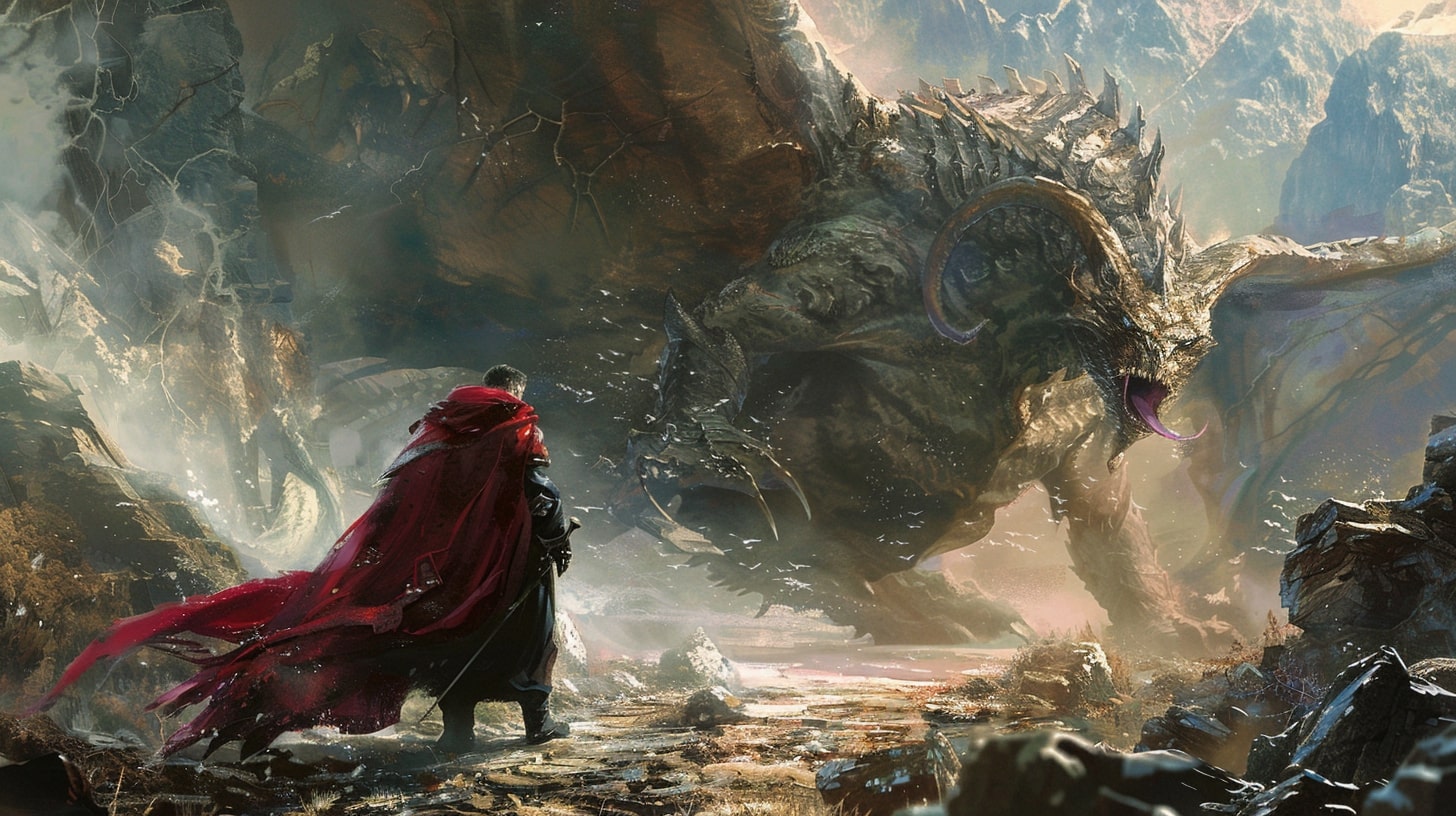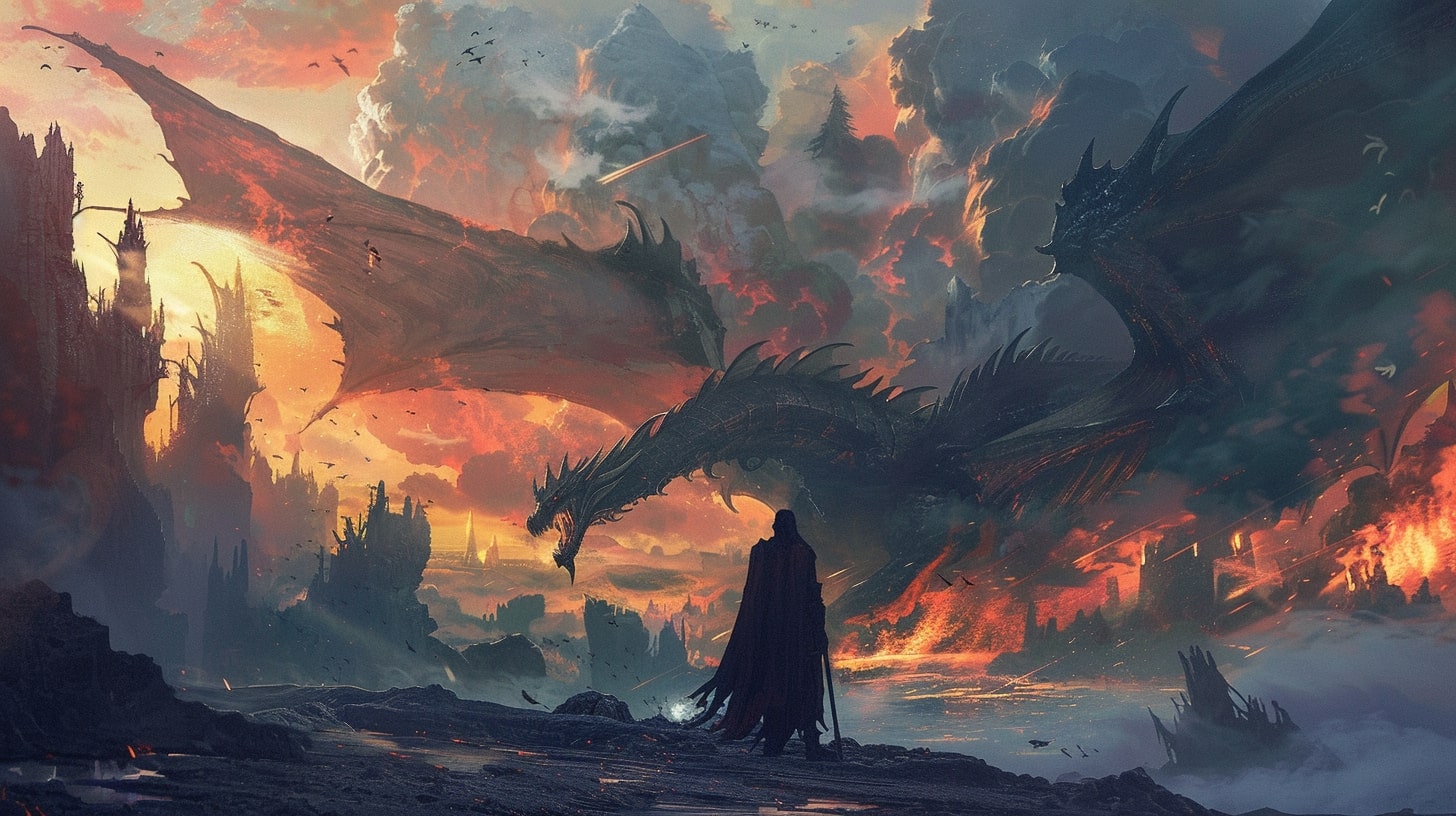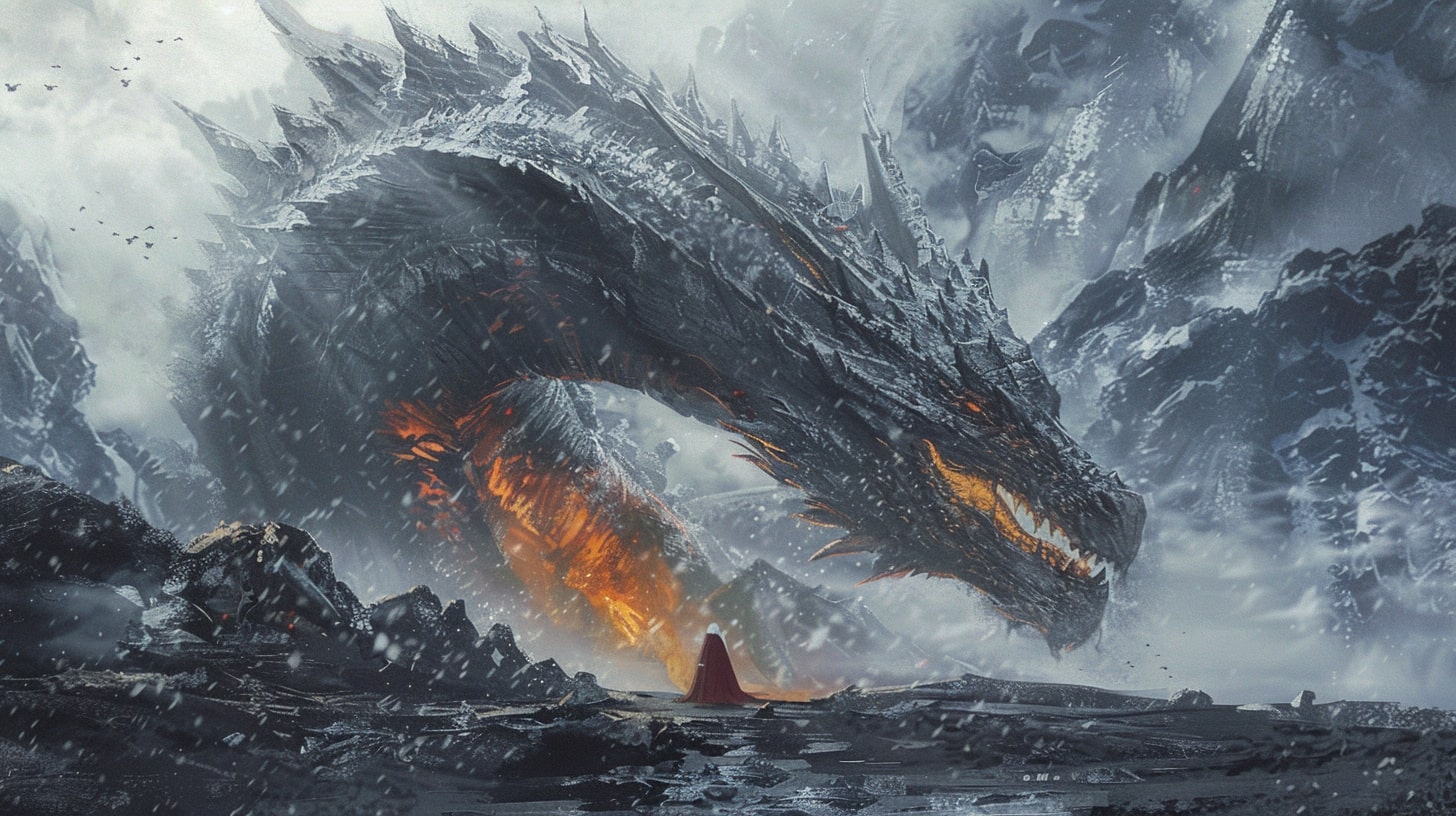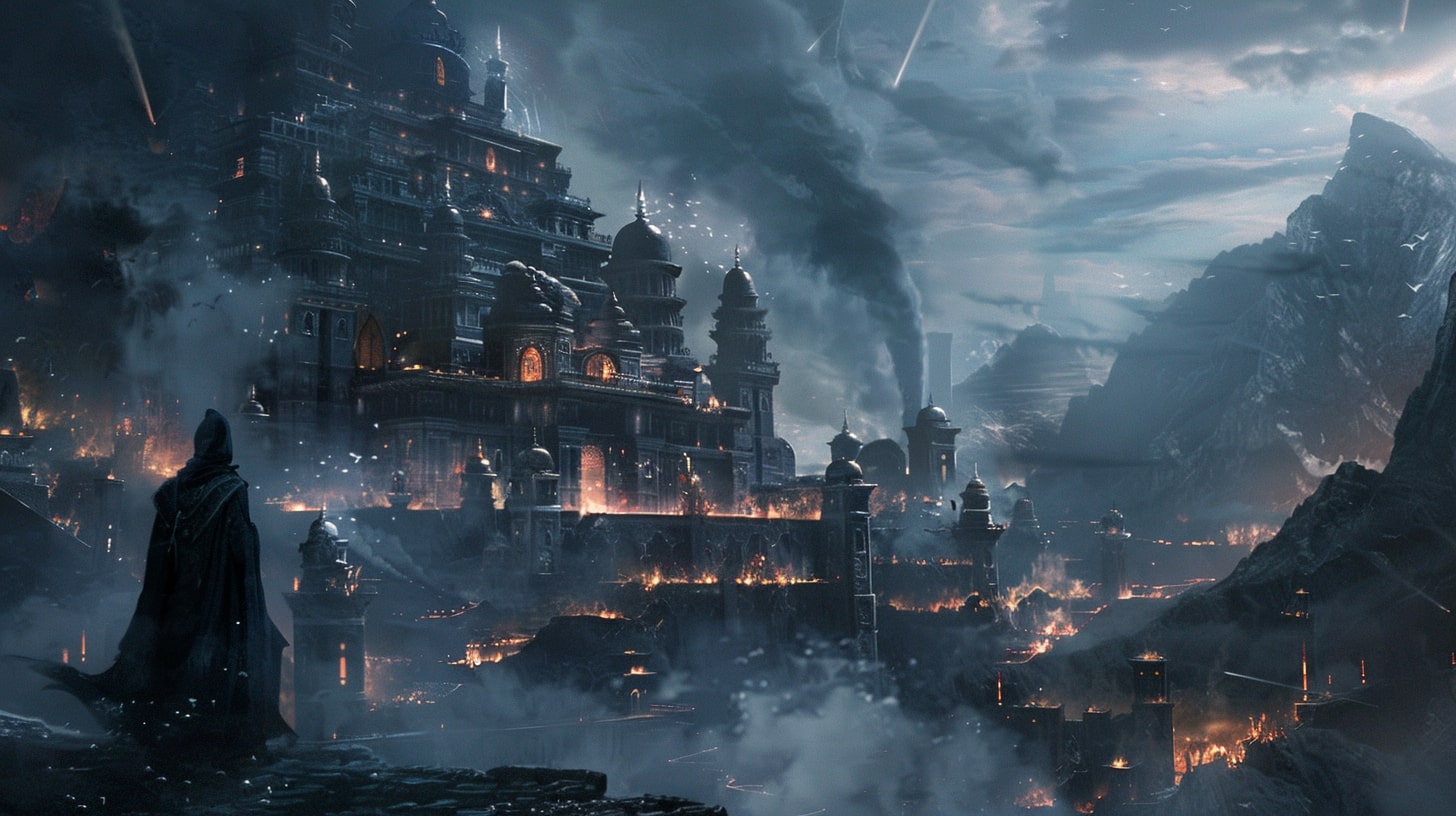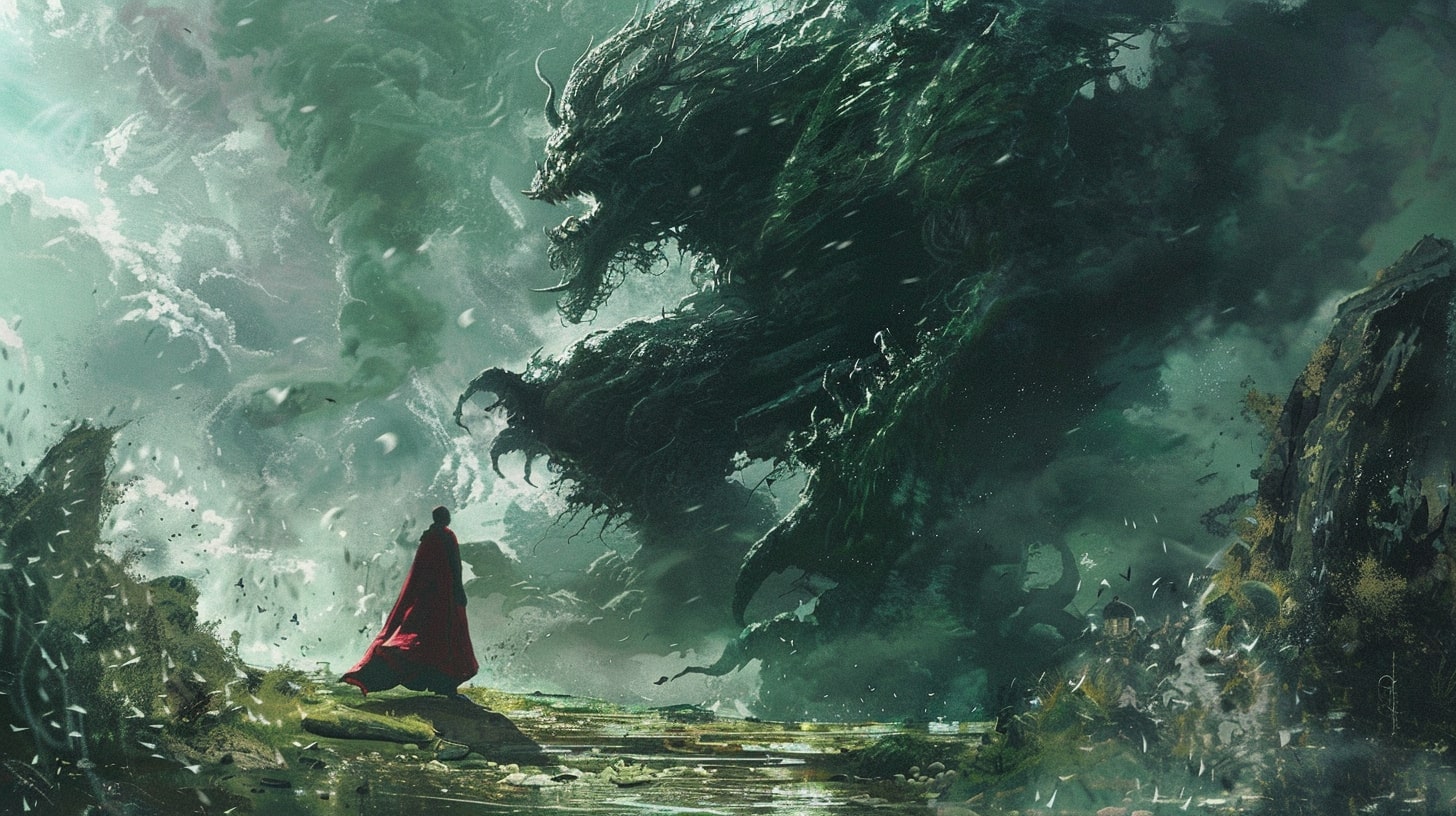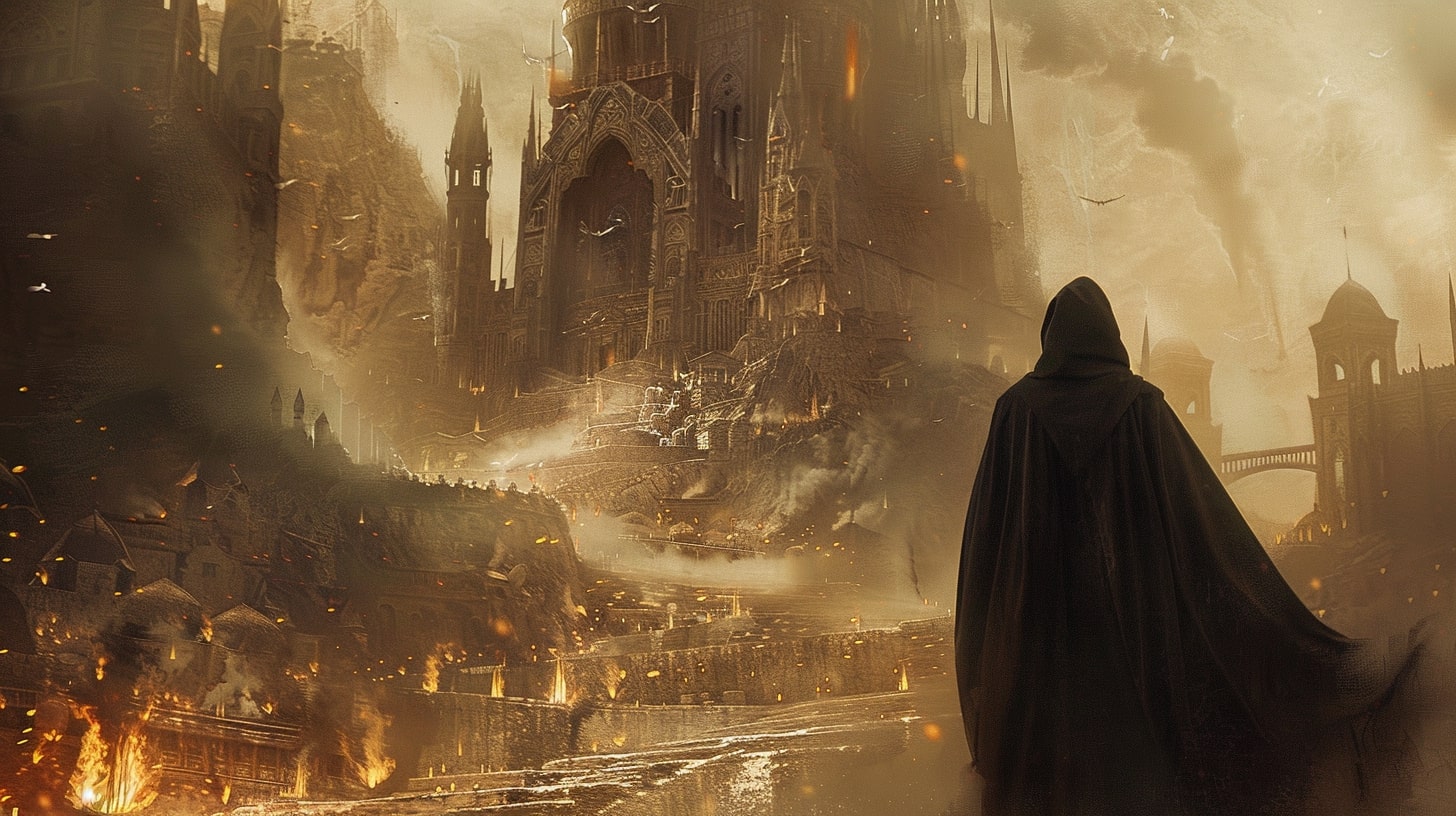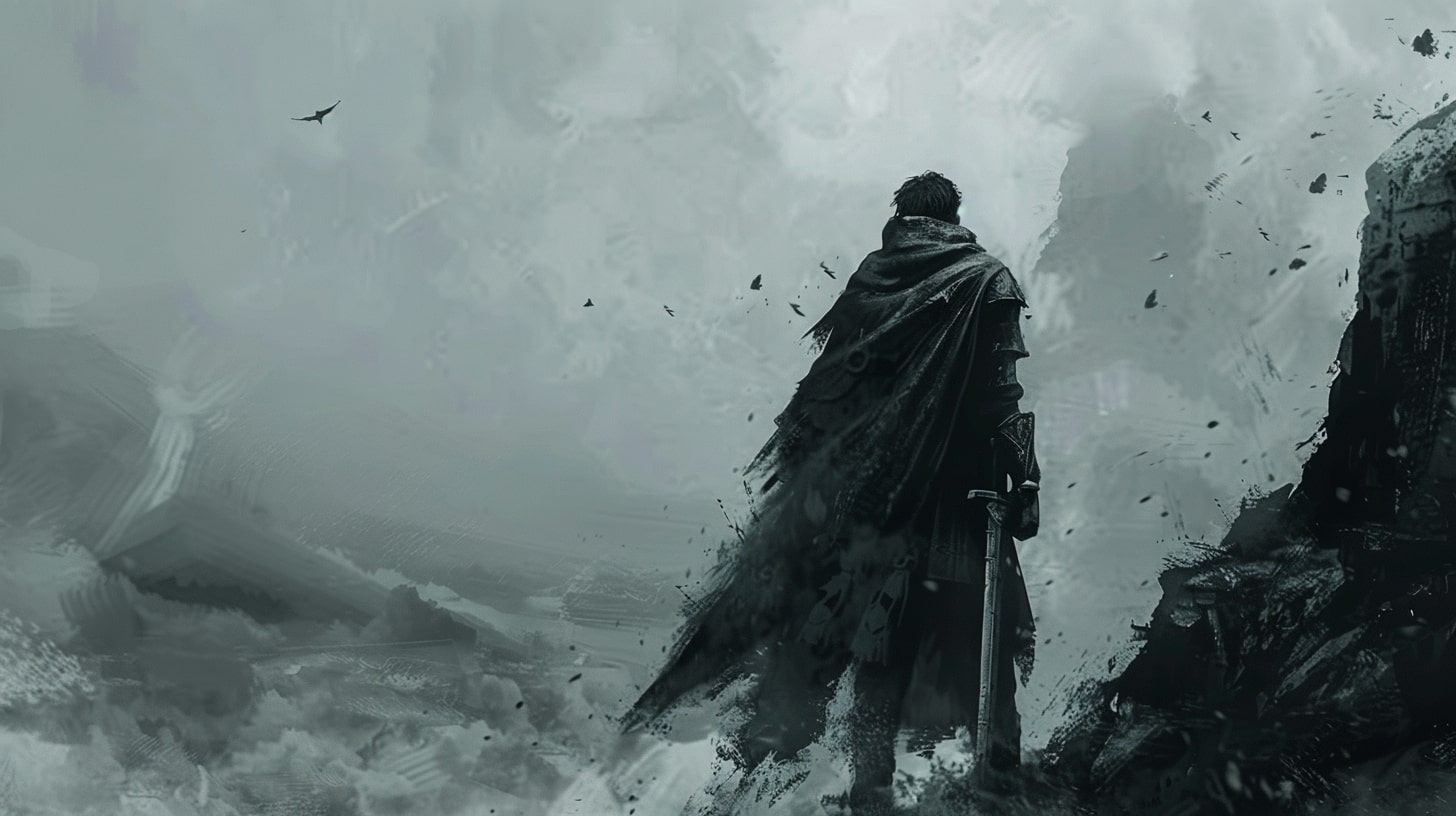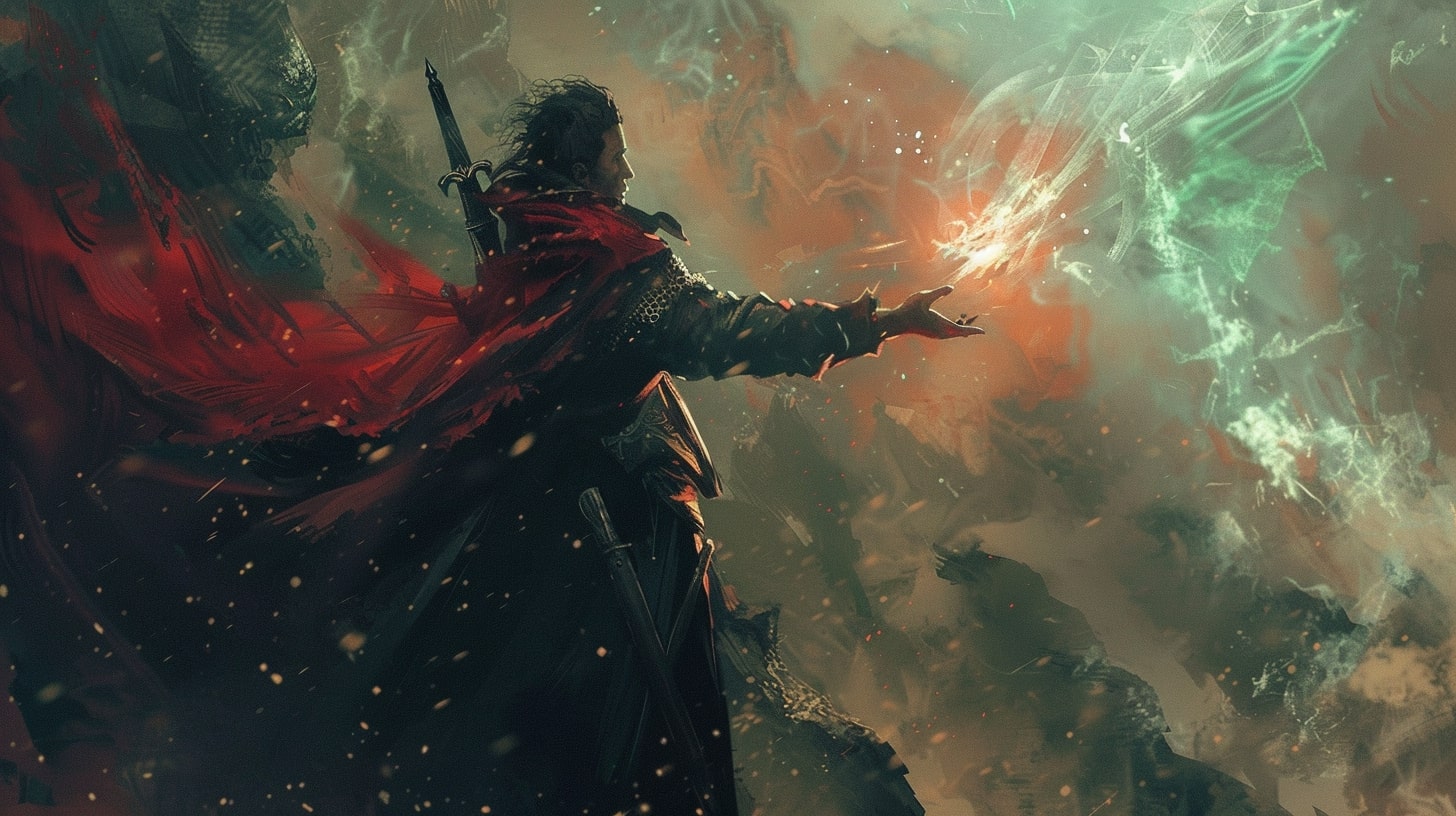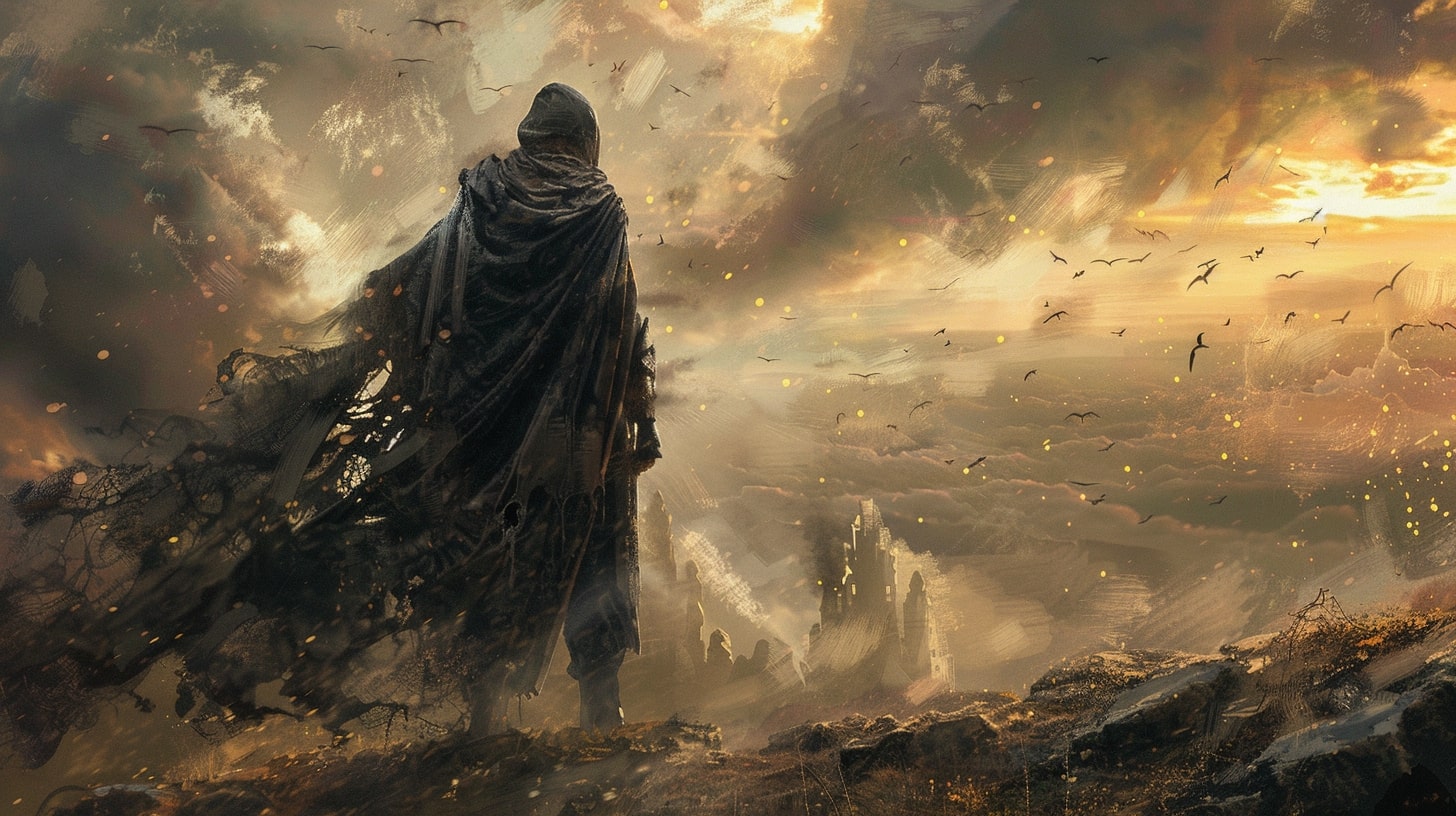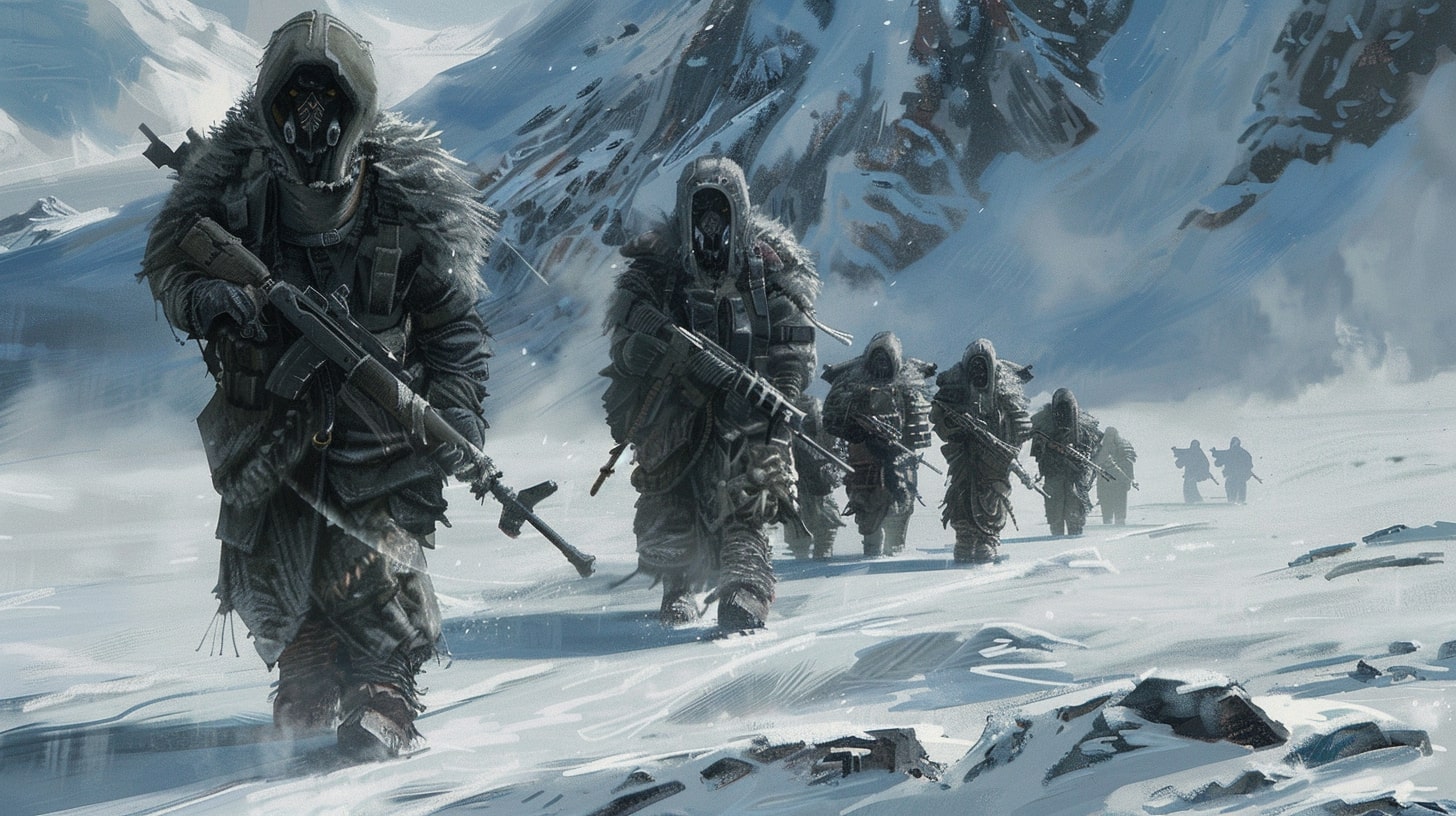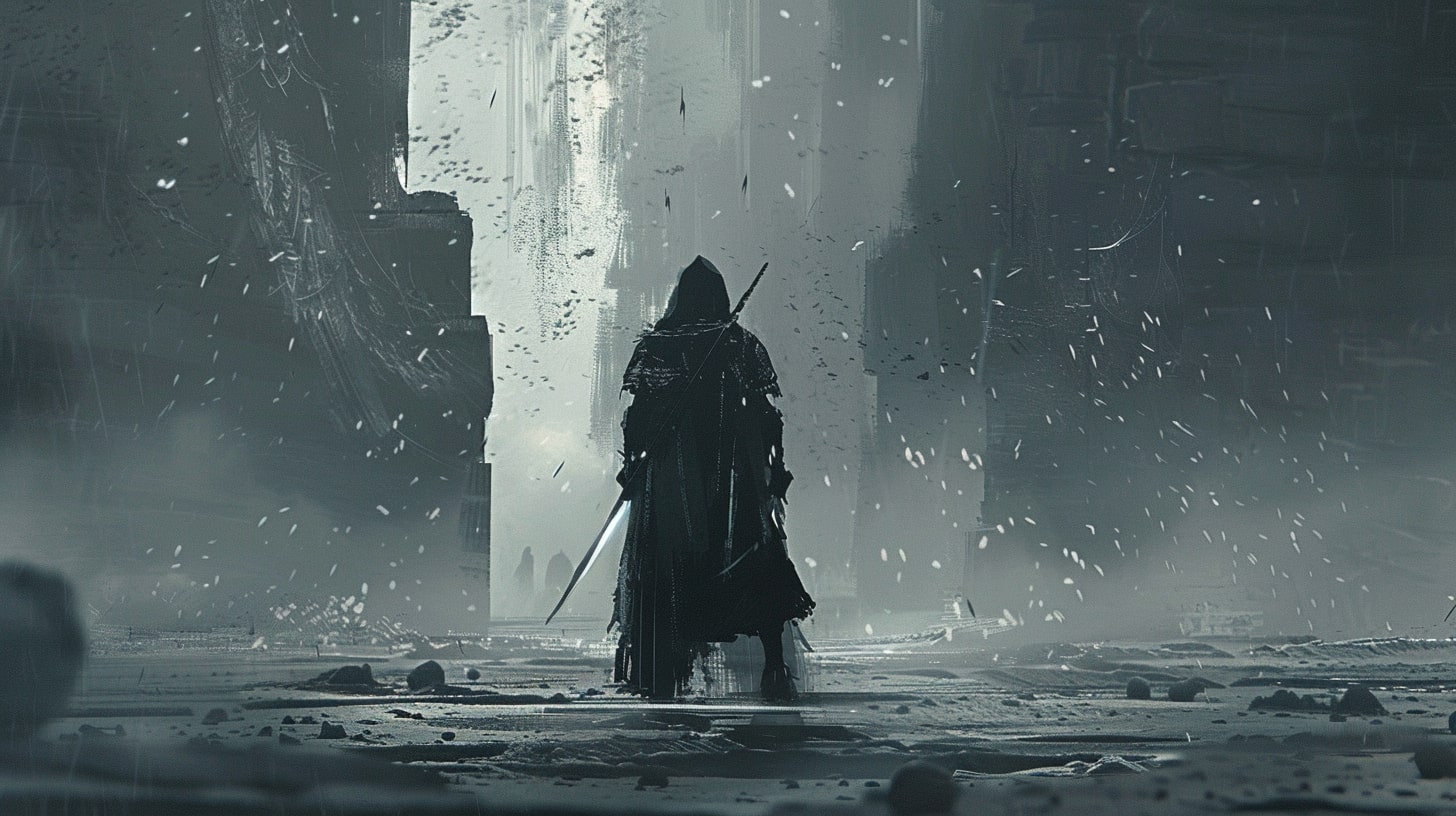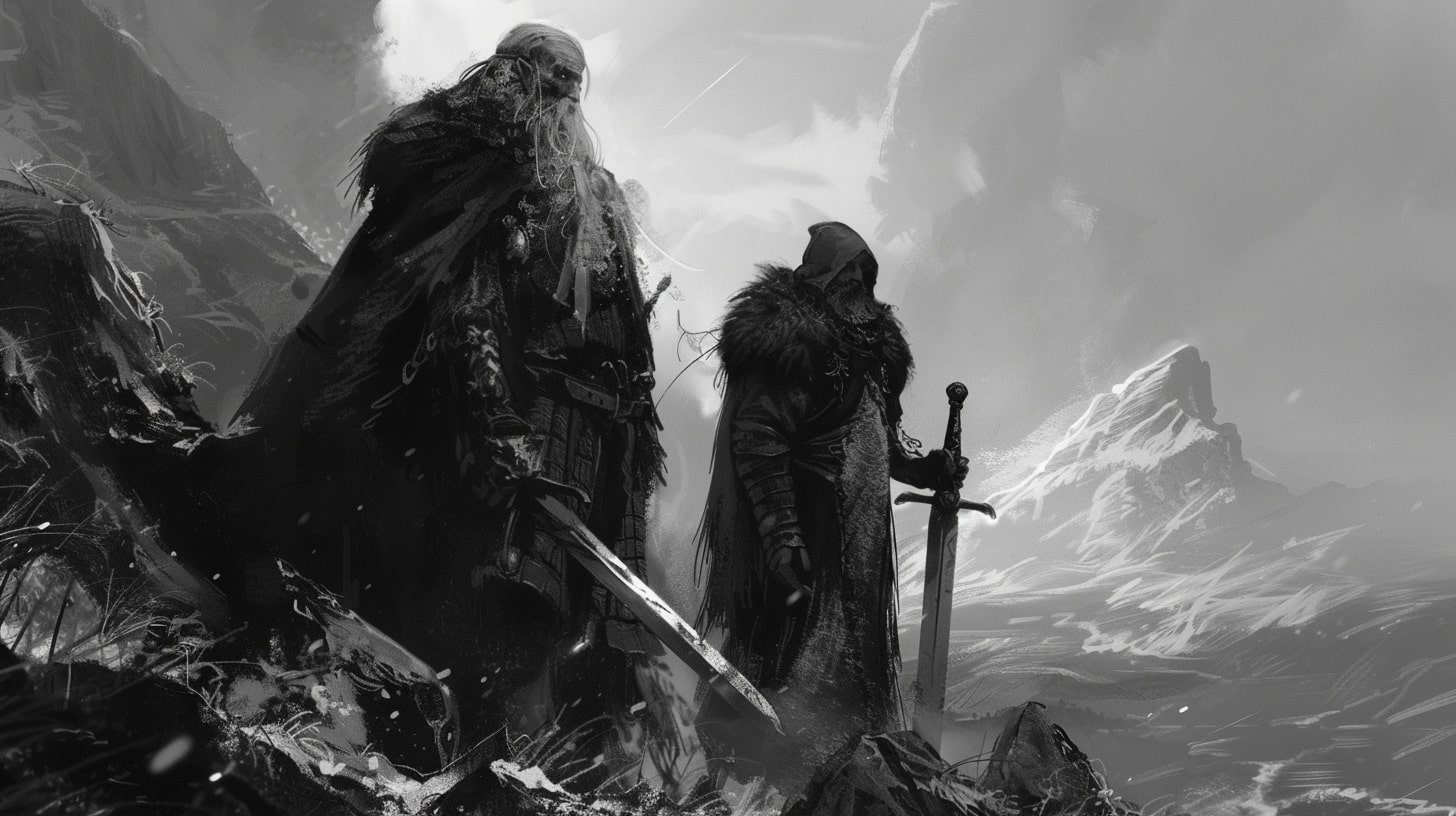Unleashing the Power of Characters
Welcome, fellow writer! As you embark on your creative journey, it’s important to understand the importance of character development and the role it plays in crafting compelling stories. Characters are the heart and soul of any narrative, and character strengths and weaknesses can make or break a story.
Let’s make sure that doesn’t happen.
The Importance of Character Development
Picture this: you’re reading a book or watching a movie, and the characters feel one-dimensional or uninteresting. It’s like biting into a stale cookie or sipping on a lukewarm cup of tea. Disappointing, right? That’s where character development comes in.
Developing well-rounded and relatable characters is vital for drawing your audience into your story. Character development allows you to breathe life into your creations, making them feel like real individuals with their own thoughts, emotions, and quirks. By infusing your characters with depth and complexity, you create a connection between your audience and your story.
Exploring Character Strengths and Weaknesses
Now, let’s talk about the secret weapons and Achilles heels of characters: their strengths and weaknesses. Just like us mere mortals, characters need a mix of both to be truly captivating.
Character strengths are those remarkable qualities that set them apart from others. These can range from superhuman strengths like physical prowess or extraordinary abilities, to intellectual brilliance that allows them to solve complex problems or think outside the box. Let your characters shine in unique and awe-inspiring ways.
On the flip side, character weaknesses add depth and vulnerability to your creations. These can be Kryptonite weaknesses that can be exploited by their adversaries, flawed judgment that leads to critical mistakes, or temptations and vices that challenge their moral compass. These weaknesses create opportunities for growth and conflict within your story.
By exploring and balancing the strengths and weaknesses of your characters, you create a dynamic interplay that keeps your audience engaged and invested in their journeys. Remember, even the mightiest heroes and the most diabolical villains have their own set of strengths and weaknesses.
Now that we’ve laid the foundation by understanding the importance of character development and delving into strengths and weaknesses, it’s time to dive deeper into the world of character creation.
In the following sections, we will explore techniques for creating well-rounded characters and the art of crafting character arcs that allow for growth and transformation.
So, grab your favorite writing tool and let’s bring your characters to life! But before we continue, if you need inspiration for character traits and flaws, or guidance on character relationships and dynamics, check out our articles on character traits and flaws and character relationships and dynamics for further guidance.
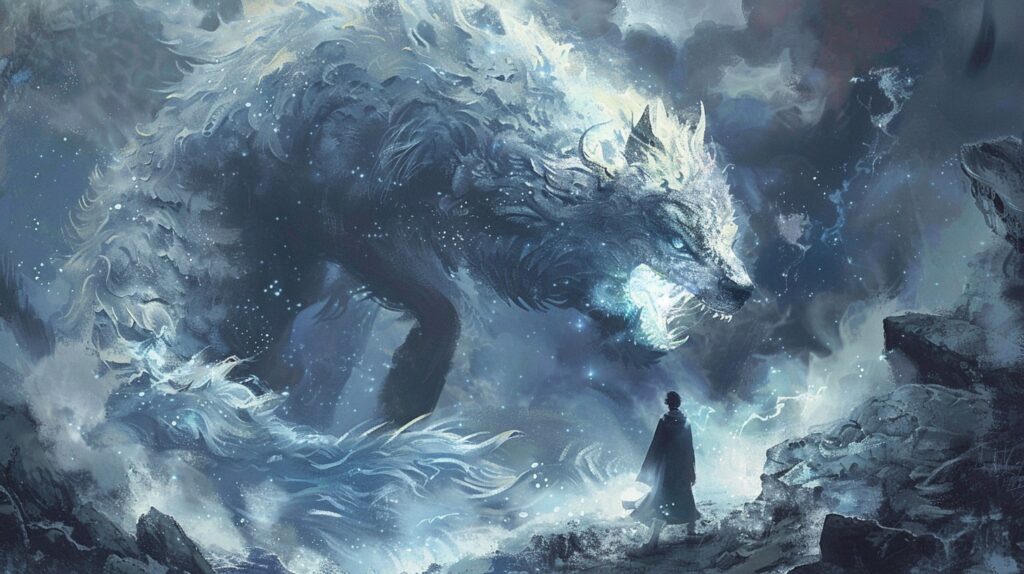
Character Strengths
When it comes to crafting compelling characters, character strengths play a vital role in making them memorable and relatable. These strengths are the secret weapons that can give your characters that extra edge. Let’s explore a few of these strengths: superhuman strengths, intellectual brilliance, and charismatic charm.
Superhuman Strengths
Who doesn’t love a character with superhuman strength? This strength allows your character to accomplish extraordinary feats that mere mortals can only dream of. Whether they can lift cars, punch through walls, or leap tall buildings in a single bound, their incredible power adds excitement and awe to your story.
| Characters with Superhuman Strength |
|---|
| Superman |
| The Hulk |
| Wonder Woman |
Intellectual Brilliance
Intelligence can be a powerful strength for a character. An intellectually brilliant character possesses a sharp mind, quick thinking, and exceptional problem-solving skills. They can unravel mysteries, outsmart their adversaries, and come up with ingenious solutions to complex problems.
| Characters with Intellectual Brilliance |
|---|
| Sherlock Holmes |
| Hermione Granger |
| Tony Stark (Iron Man) |
Charismatic Charm
Charismatic characters have a way of captivating others with their charm, wit, and magnetic personality. Their charisma draws people to them like moths to a flame, making them persuasive and influential. They can rally others to their cause, win over skeptics, and navigate social situations with ease.
| Characters with Charismatic Charm |
|---|
| James Bond |
| Daenerys Targaryen |
| Holly Golightly (Breakfast at Tiffany’s) |
By infusing your characters with these captivating strengths, you can create a cast that keeps readers or viewers engaged and invested in their journeys. Remember, character strengths are just one piece of the puzzle. It’s equally important to balance these strengths with character weaknesses to add depth and complexity to your creations. Sift through our article on character weaknesses for more inspiration.
Next, we’ll explore ways to balance these strengths and weaknesses to create well-rounded characters that audiences can truly connect with. But first, let’s take a closer look at the Achilles heels of our characters – their weaknesses that can provide an interesting contrast to their strengths.

Character Weaknesses
In the realm of character development, it’s important to remember that perfect characters are boring. To create compelling and relatable characters, you must infuse them with weaknesses that add depth and complexity. Here are a few common character weaknesses to consider:
Kryptonite Weaknesses
Just like Superman’s vulnerability to kryptonite, characters can have weaknesses that make them susceptible to certain situations or emotions. These weaknesses can range from fear of failure to a lack of self-confidence. When your characters grapple with their kryptonite weaknesses, it adds tension and conflict to the story, making their journey more engaging for the readers.
It’s important to strike a balance between the strengths and weaknesses of your characters. While weaknesses add realism, they should not overshadow the strengths entirely. This creates a well-rounded character that readers can root for and relate to. For more ideas on character traits and flaws, visit our article on character traits and flaws.
Flawed Judgment
Another common character weakness is flawed judgment. Characters with flawed judgment often make decisions that lead to unfavorable outcomes. They may be impulsive, easily swayed by others, or have a distorted perception of reality. These flaws create opportunities for character growth and development, as they learn from their mistakes and strive to make better choices.
When crafting characters with flawed judgment, it’s important to consider the motivations behind their decisions. This adds depth to their actions and allows readers to empathize with their struggles. Exploring the psychological development of characters can provide valuable insights into their decision-making processes. Check out our article on psychological development of characters for more information.
Temptations and Vices
Characters with temptations and vices are inherently flawed and relatable. These weaknesses can manifest in various forms, such as addiction, jealousy, or an insatiable desire for power. By exploring these vices, you can create internal conflicts within your characters, forcing them to confront their own demons.
Temptations and vices can serve as obstacles that hinder character growth or create compelling plotlines. They provide opportunities for redemption, transformation, or even downfall. It’s important to handle these weaknesses with care, portraying them realistically and avoiding stereotypes. For tips on writing realistic characters, refer to our article on writing realistic characters.
By incorporating kryptonite weaknesses, flawed judgment, and temptations and vices into your characters, you can make them more relatable and human. Remember that characters with weaknesses are often the most memorable and captivating. Embrace the quirks and flaws of your characters, and watch them come to life on the page.

Balancing Strengths and Weaknesses
Creating well-rounded characters is essential for engaging storytelling. Your characters should have both strengths and weaknesses that make them relatable and dynamic. By striking a balance between their positive attributes and flaws, you can develop characters that feel authentic and compelling.
Creating Well-Rounded Characters
When developing your characters, it’s important to consider their strengths and weaknesses in relation to their personality traits and backstory. A character’s strengths should align with their goals and objectives, while their weaknesses add depth and complexity to their journey. By exploring the interplay between these elements, you can create characters that resonate with your audience.
To assist you in crafting well-rounded characters, you can use a character development worksheet or character development prompts. These tools will help you delve into your character’s motivations, fears, and desires, allowing you to identify their strengths and weaknesses more effectively. For more guidance on character development techniques, check out our article on character development techniques.
The Art of Character Arcs
Character arcs play a crucial role in storytelling, allowing characters to grow and change over the course of the narrative. A well-executed character arc often involves the transformation of a character’s strengths and weaknesses. As the story progresses, characters may overcome their weaknesses, develop new skills, or face challenges that test their strengths.
When crafting character arcs, consider the psychological development of your characters. How do their strengths and weaknesses impact their growth and transformation? By examining the motivations and internal conflicts of your characters, you can create arcs that feel meaningful and satisfying to readers.
Remember, a character’s journey is not always linear. They may experience setbacks, face difficult choices, or even relapse into their weaknesses. Embracing the complexity of character growth adds depth to your storytelling. For more insights into character arcs, check out our article on character arc in storytelling.
By balancing the strengths and weaknesses of your characters, you can create compelling individuals that readers will connect with. Remember to give your characters agency and allow them to grow organically. Explore different facets of their personalities, and let their strengths and weaknesses shape their actions and decisions. With well-rounded characters, your stories will come alive and captivate your audience.
Putting it into Practice
Now that you have explored the concept of character strengths and weaknesses, it’s time to put your knowledge into practice. Whether you are analyzing famous characters, developing your own characters, or embracing the quirks and flaws, this section will guide you through the next steps of your character development journey.
Analyzing Famous Characters
One of the best ways to learn about character development is by analyzing famous characters from literature, movies, or even video games. Take a closer look at characters like Sherlock Holmes, Harry Potter, or Luke Skywalker. What are their strengths and weaknesses?
How do these traits contribute to their overall character arcs? By studying well-established characters, you can gain valuable insights into what makes a character memorable and relatable. Check out our article on character development in movies and character development in video games for more inspiration.
Developing Your Own Characters
Creating your own unique characters is an exciting and rewarding process. Start by brainstorming ideas for your character’s background, personality, and goals. Consider their strengths and weaknesses as essential components of their identity. Are they courageous but impulsive?
Intelligent but socially awkward? Use our character development worksheet and character personality traits to help you flesh out your character’s traits and bring them to life. Remember, a well-rounded character is one that readers can connect with on a deeper level.
Embracing the Quirks and Flaws
Quirks and flaws are what make characters truly interesting and relatable. Embrace the uniqueness of your characters by giving them distinctive quirks and flaws that add depth to their personalities. Maybe your character has an unusual hobby or a peculiar way of speaking.
Perhaps they have a fear or a bad habit that they struggle to overcome. These imperfections make your characters more human and relatable to your readers. Don’t be afraid to let your characters have their own quirks and flaws, as they can become defining characteristics. For more ideas on character traits and flaws, check out our article on character traits and flaws.
As you continue to develop your characters, keep in mind that they should grow and evolve throughout your story. Characters with well-crafted arcs undergo personal transformation, learning from their strengths and weaknesses along the way.
By striking a balance between their strengths and weaknesses, you can create multi-dimensional characters that captivate your readers. Dive into the world of character-driven storytelling and watch your characters come to life.
Remember, character development is a journey. Enjoy the process of creating dynamic and compelling characters, and don’t hesitate to experiment with different approaches. The quirks and flaws of your characters are what make them memorable, relatable, and ultimately, beloved by your readers.
